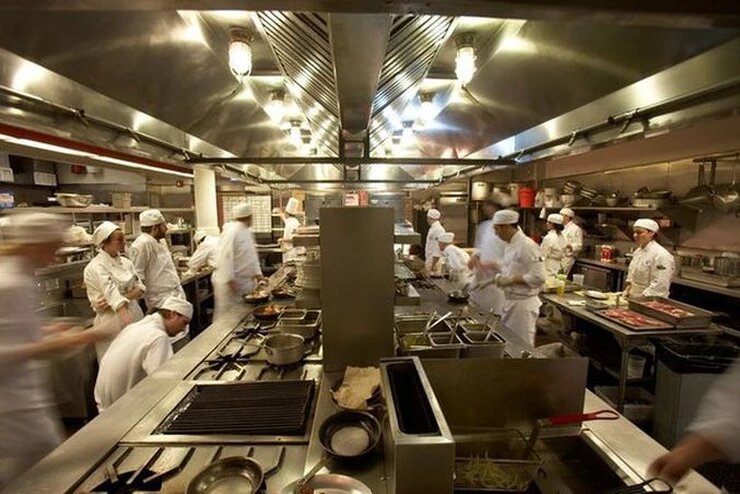In part 1, we discussed cost of goods and how detail and up to the minute information can help you make the proper adjustments necessary to the beast and how much it eats. Now we’re going to jump into the second half of prime cost, which is labor (total labor = salaries + wages + payroll taxes + benefits). With healthcare, mandatory sick pay, restrictive scheduling on the rise here in Oregon, all these factors add up to increased pressure on your margins.
Proper labor management can be tricky. If not done effectively, it can eat up too much revenue percentage for a viable business. Depending on what style of restaurant you own or operate, your approach to labor can vary. We will discuss common misses no matter what type of establishment you run.
Managing your labor starts with a proper sales assessment. This is the first step to proactive labor management as opposed to reactive labor management. This can be difficult when you are a start up, but there are ways to get a general assessment of business expectations. For established businesses, the data is there for you to access. And don’t forget outside factors that can help or hurt your business levels. For example, a certain concert or event happening in your town, weather, and time of year, etc. Having this assessment will allow you to schedule with confidence and get the most out of your labor dollars.
My M&M standard is simple but works well for a labor conscious owner or operator. What do I mean by my M&M standard? Movement = Money. If your staff is standing around, leaning on walls, or your cooks have just made a kitchen mascot out of a potato, even if it looks cool, you are spending too much on labor. On the flip side, if you see your staff running around with their heads cut off, not giving proper attention to your guests, looking overwhelmed and upset, you have not spent enough on labor. With this, you have both limited your guest and employee experiences and could have turnover in both. On top of this, you did not capture all the revenue that was available. Along with scheduling the proper staff to get the efficient movement you desire, having labor saving equipment and the proper layout in your kitchen will save time and increase sales due to efficiency.

Investing time into training your staff is also key. Cross training can especially be helpful in slower times. Training your front of the house staff to upsell will allow you to capture higher sales and profit without spending additional labor dollars. Ensure you are getting the most value out of labor dollars spent.
As much as we want all of our employees to be just as strong as each other, the reality is, they are not. Stacking all your best employees for certain shifts can be effective for those specific shifts, but will hurt your labor in the long run. Having a mix of strong and weak will give you a more balanced labor and will help you develop employees who need additional coaching and direction.
We talked a lot about detail in part one of this article. Well, it’s no different with labor. Lumping all labor into one weekly number will not give you all the information needed to make the proper adjustments. Break your labor into specific jobs, for example server, host, line cook, dishwasher, etc. Now, you have the detail to see exactly where your labor dollars are going and where to allocate them.
Reduce employee turnover. One of the largest costs for any business is turnover and training. We sit in an industry with some of the largest turnover percentage. Employee experience plays a big role in this. Thoughtful scheduling, open door policy, and efficient systems in place only enhance this experience just to name a few. Spending countless money on unnecessary training to replace these lost employees wreaks havoc on your labor percentage. Not to mention the unquantifiable impact your guest experiences with a high turnover rate. We will dive into employee experiences more in my next article,”Creating a Culture Employees Can be Proud of” As you can see, it has a major impact on labor dollars spent.
Looking back, it becomes obvious that managing your prime costs, decisions you make will have an effect on costs of goods and labor. Most of these solutions compliment one another with a percentage reduction in both areas. That is why I look at prime cost as a whole. Prime cost is in your control unlike fixed that you have little to no control over. In conclusion, having the most detailed and up to the minute information is critical to a healthy profit margin.

